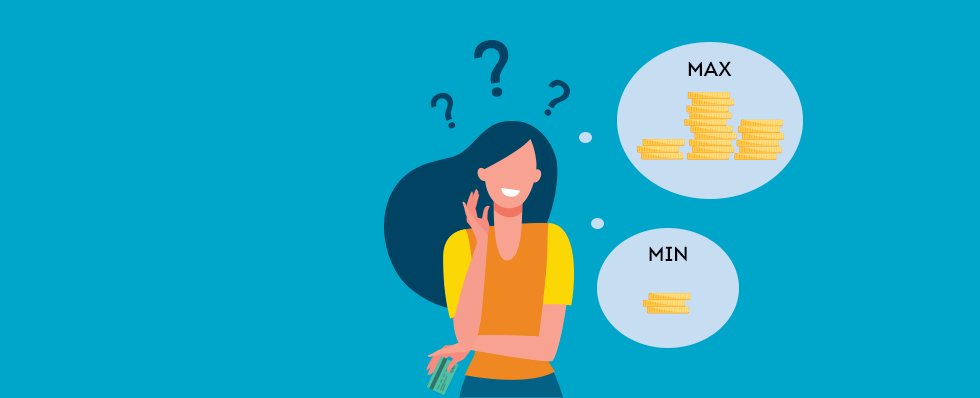How Does Index Investing Strategy Work?
Index investing is the trading technique of using index funds to build a portfolio. It’s a passive investment strategy that helps investors build wealth with less expense. Index funds can be mutual funds or exchange-traded funds
(ETFs.) They are built by financial firms to mimic a specific financial index. The fund one buy will hold the shares of stocks from companies in that particular index.
While there are financial indexes all over the world, here are a few popular ones that anyone can easily find index funds for:
- S&P 500
- Dow Jones Industrial Average
- Nasdaq Composite
- The Wilshire 5000
- S&P Mid-Cap 400
Most index funds hold shares of all of the stocks in the index they’re mimicking. However, some funds have only a sampling of the securities in their index.
This type of investing is often used in retirement savings strategies. Over many years, index investing has been proven to match general stock market performance. This makes index investing a buy-and-hold strategy.













